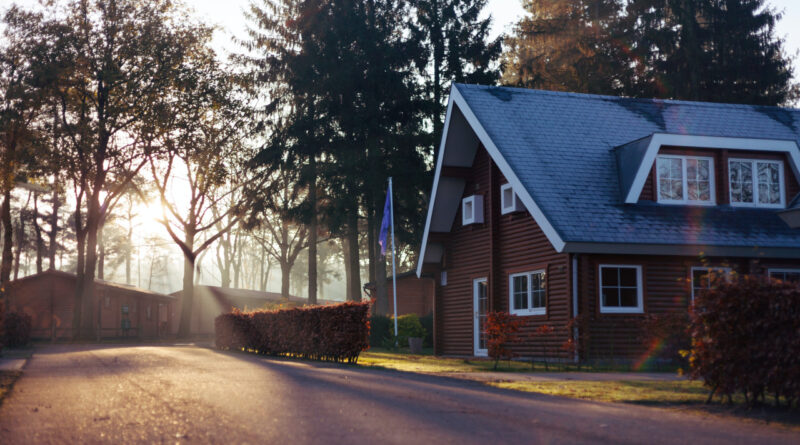Climate Change: Reduce Energy Use At Home
I’m against the Earth Day. We breathe all the time. We eat and drink, several times, every day. Our ongoing needs are met by the Earth every minute of every day. Acknowledging the Earth once a year – or one month of the year – is ridiculous to me. (Not to worry, I’m opposed to Mother’s Day too, for the same reasons.)
Our kind is responsible for the destruction of the natural environment; deforestation; loss of biodiversity and loss of wildlife habitat. Worse, climate change – and now, the climate emergency – is of our making. We are guilty as charged. We ruined the Earth for ourselves and all life.
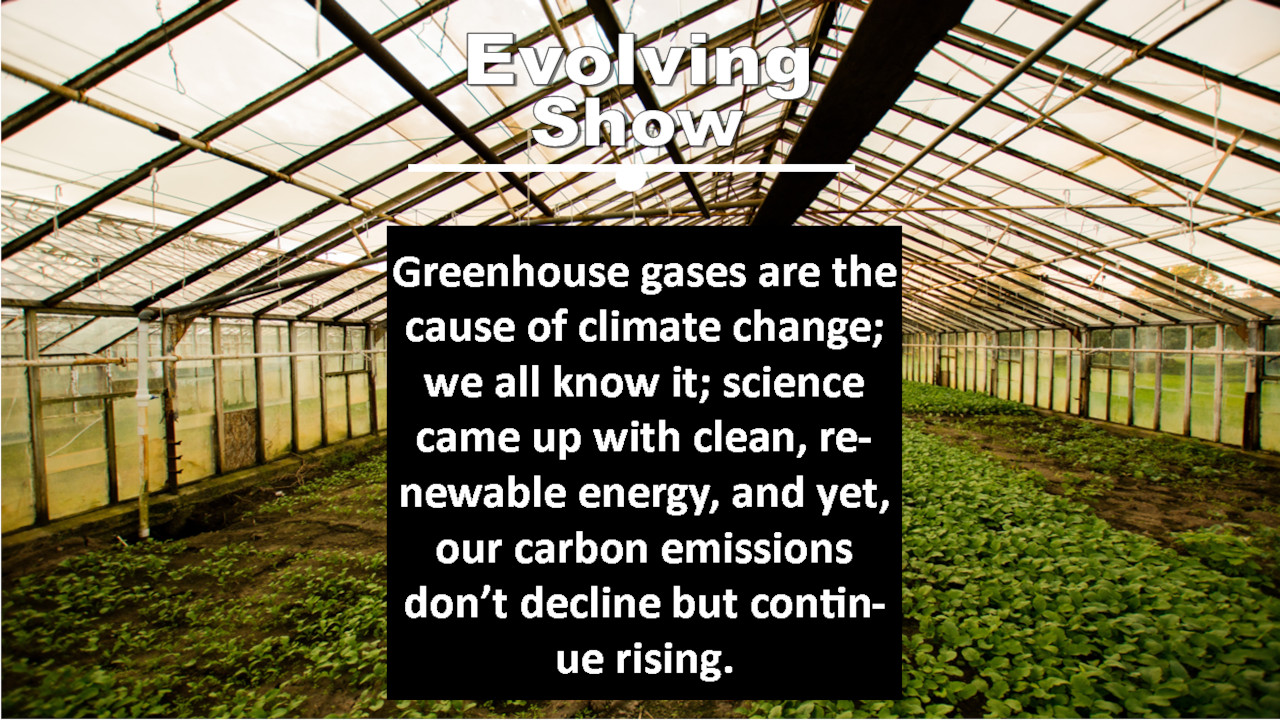
Greenhouse gases are the cause of climate change; we all know it; science came up with clean, renewable energy, and yet, our carbon emissions didn’t decline but continue rising.
United Nations know that. Governments know that. Wealthy corporations know that. Scientists, intellectuals, and artists know that. WE know that.
The powers that be are SLOWLY implementing changes while denying the basic reality that our civilization – the way it is – is unsustainable.
Like many others, I too took my time trying to understand the discrepancy between common sense (our survival on Earth!) and reality that doesn’t reflect the urgency of the impending climate crisis.
Effective immediately, no more bitching and no more preaching. Yes, I’ll continue hoping that science will come up with a breakthrough technology to stop the impending climate catastrophe, but meanwhile taking action is up to YOU and ME.
Let’s focus on the solutions that are within our power. Let’s do all we can to reduce our carbon footprint. Let’s make changes to make our life more sustainable. Let’s adapt to what is and what’s coming while hoping for science and technology to come through.
Our actions may not have much impact on a large scale. But if enough individuals understand what’s really going on and join the effort, anything is possible.
THE PROBLEM: Housing (including heating and cooling) requires a lot of energy and increases demand for fossil fuels which contribute to greenhouse gas emissions
The main sources of greenhouse gas emissions are electricity and heat. They account for a whopping 31% of all greenhouse gas emissions!
Science utilized several clean and renewable energy sources. Technology continues creating the infrastructure needed to supply us with clean energy.
To the average consumer, the issue appears quite simple. We’ll replace the dirty energy sources (fossil fuels) with renewable energy (solar, wind, geothermal, biomass, hydropower, or something else) and life will go on as usual.
That’s not so. Building the facilities and infrastructure for the new technologies requires fossil fuels. Maintaining and replacing them requires fossil fuels. Once the energy-generating and storing equipment is used up it adds to solid, non-recyclable waste. The renewable energy we have today is cleanER, but not entirely clean.
Clean energy is great and much better than the use of fossil fuels. Is it its replacement? Not quite; it is a part of a solution. THE solution has to include both: harnessing energy from renewable sources AND lowering energy demand. Combined, they will reduce greenhouse gas emissions.
THE SOLUTION: Green architecture designs and develops low carbon footprint, sustainable housing
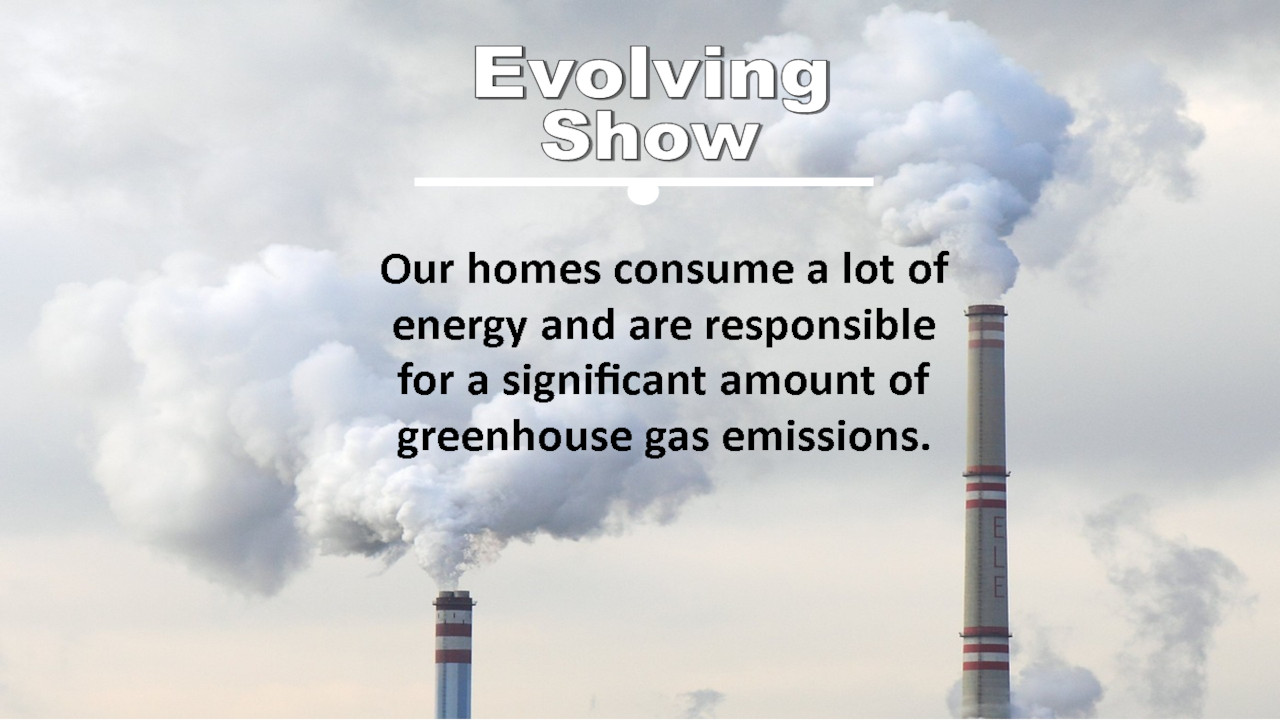
Our homes consume a lot of energy and are responsible for a significant amount of greenhouse gas emissions.
Green architecture is already developing green, low-carbon-footprint housing. The focus of green architecture is designing and developing sustainable housing. The new eco-friendly homes not only meet the low carbon standards; most use locally-sourced, environmentally-friendly materials, some generate their own energy and neutralize their carbon emissions by incorporating native trees and plants in their design, including planted walls and roofs. The massive amount of greenery involved is an asset in its own right: it assists in indoor temperature control, improved air quality, forms a noise barrier, and supports local biodiversity. Since the buildings are designed to blend with the natural environment – and to some degree, function organically – they are described as vertical forests and urban organisms. The green architecture’s designs are nothing short of spectacular!
IMMEDIATE CHANGES: Steps you can – and should! – take to make your home energy efficient
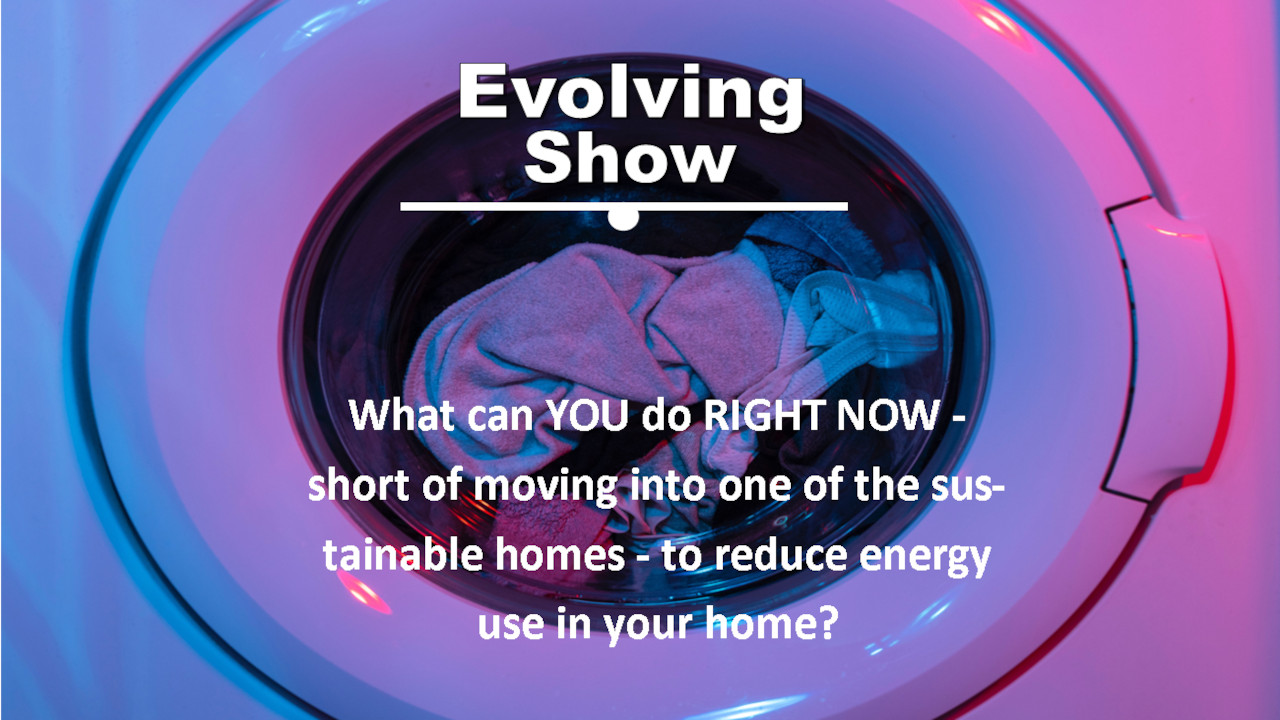
Green architecture is the future. What can YOU do RIGHT NOW – short of moving into one of the sustainable homes – to reduce energy use in your home? The major changes are costly: photovoltaic panels, solar panels, or a tankless water heater require planning. This is what you can do on a budget.
FOR HEATING AND COOLING
• Insulate, insulate, insulate! When your living space is well-insulated, you need less energy to heat or cool your home.
• Since heat and cold enter a home primarily through windows, insulate your windows to prevent heat and cold from entering freely. From the outside, install exterior shutters. (Planting native trees or shrubs outside your windows will create shade and help reduce the indoor temperature.) From the inside, use indoor shutters and heavy, insulated drapery.
Use common sense
• In hot weather open your windows when it’s cool outside and keep them closed and covered during the hot hours.
• In cold weather open your windows for a brief period of time and keep them closed and covered during the coldest hours.
FOR INDOOR ENERGY USE
Remember: energy isn’t inexhaustible, environmentally friendly, or free. Re-think your lightbulbs and appliance use.
• Use low-energy LED lightbulbs.
• Use your appliances judiciously.
• Use less hot water. A long shower uses more water than a bath. There are laundry products that make washing clothing effective even in cold water. There are dishwasher detergents that do the same for washing dishes.
• Use your dryer less! Especially items made of natural fibers don’t need a dryer; they’ll air-dry just fine.
• Keep your refrigerator well-stocked. A full refrigerator uses less energy than a half-empty one. (If you’re a one-person household, fill it up with water bottles.)
• Turn off lights and electronics when not in use.
• Connect electronics, gadgets, and appliances that use electricity even when turned off to a power strip and switch the power strip off every evening before going to bed.
These are obviously only some basic steps. However, if you implement them, you’ll notice that your energy use has declined. If millions of people follow, we’ll make a dent in energy demand and give power from renewable resources a chance to succeed in replacing fossil fuels.
When we think of the natural environment, we tend to think of some pristine scenery: a lake, forest, etc. Just ONCE think of the natural environment as air and the toxic gases our lifestyles force into it.
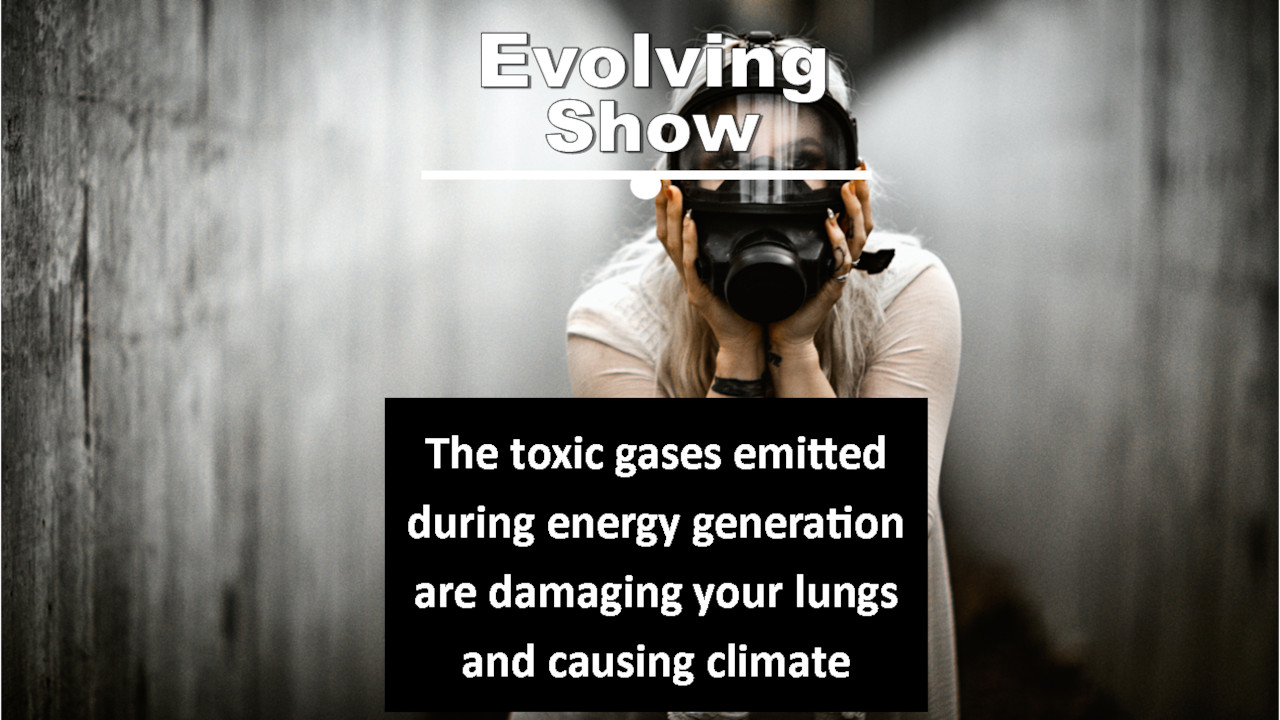
The toxic gases emitted during energy generation are damaging your lungs and causing climate change.
“The power of the people is much stronger than the people in power”
Wael Ghonim
Look into your energy use at home. You CAN do something about climate change!
#ReduceEnergyUseAtHome #ClimateChange #SustainableHousing #HomeEnergyEfficient #GreenArchitecture #GreenhouseGasEmissions #YouCanDoSomethingAboutClimateChange #EvolvingShow #EvolvingShowPodcast
If you enjoyed this episode of the Evolving Show podcast, like, follow, and subscribe on:
YouTube
Spotify
Apple Podcasts
Sticher
Pandora
iHeartRadio
To leave a comment scroll down the page. No login required!

